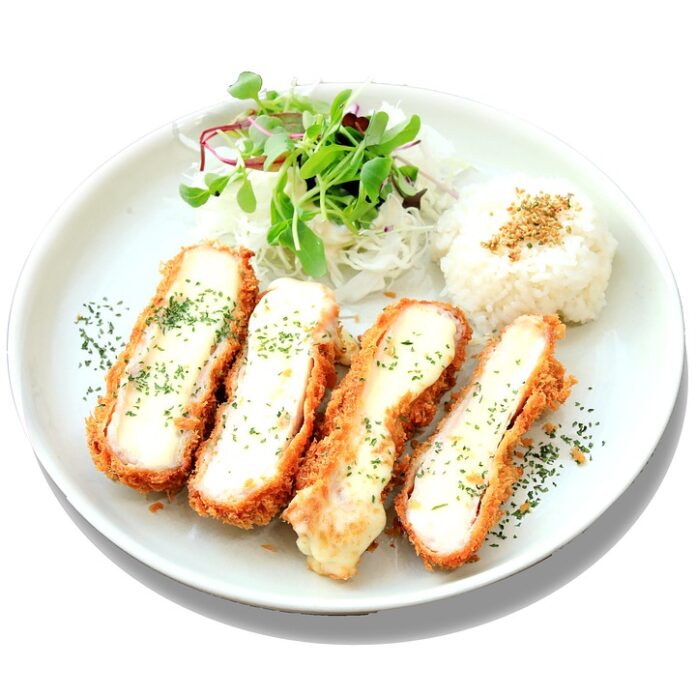Introduction
The global demand for organic and free-range swine has seen a significant uptick in recent years, driven by consumer preferences for healthier, ethically sourced meat. This report examines the top 10 fastest-growing markets for organic and free-range swine, analyzing market dynamics, financial data, production volumes, and consumer behavior.
Market Overview
Organic and free-range pork production is characterized by strict regulations regarding animal welfare, feeding practices, and environmental sustainability. The market growth is bolstered by rising health consciousness among consumers, increased awareness of animal welfare issues, and a shift toward sustainable agricultural practices.
1. United States
The United States is the largest market for organic and free-range pork, with the organic pork market valued at approximately $60 million in 2022. The market is projected to grow at a CAGR of 14% from 2023 to 2028. The USDA’s National Organic Program ensures strict adherence to organic farming guidelines, which boosts consumer confidence.
Production volume for organic pork in the U.S. reached 80,000 metric tons in 2022, with significant players like Niman Ranch and Applegate Farms leading the market. The average retail price for organic pork is around $7.50 per pound, compared to conventional pork at $4.00 per pound, indicating a premium market segment.
2. Germany
Germany stands as the largest organic meat market in Europe, with organic pork accounting for 5% of total pork consumption. In 2022, the organic pork market was valued at €200 million, with an annual growth rate of 20%. Germany’s commitment to animal welfare and sustainability has led to a rise in free-range farming.
The production of organic pork in Germany is approximately 50,000 metric tons annually, with major retailers like REWE and Aldi expanding their organic product lines. The average price for organic pork in Germany is about €12 per kilogram.
3. Brazil
Brazil has emerged as a significant player in the organic pork market, currently valued at $30 million in 2022, with an expected growth rate of 18% CAGR through 2028. The country’s vast agricultural landscape and favorable climate conditions support organic livestock farming.
The organic pork production volume in Brazil reached 25,000 metric tons in 2022. As the demand for organic products increases, key players like Seara and Aurora Alimentos are enhancing their organic pork offerings.
4. China
China, the world’s largest pork consumer, is gradually shifting towards organic and free-range options amidst growing health concerns. The organic pork market was valued at approximately $50 million in 2022 and is projected to grow at a CAGR of 15% over the next five years.
Production volumes of organic pork in China were estimated at 70,000 metric tons in 2022. The average price for organic pork in China is around ¥45 per kilogram, reflecting the premium nature of these products.
5. Canada
Canada’s organic pork market has been growing steadily, with a valuation of $25 million in 2022 and a projected CAGR of 12% through 2028. The Canadian Organic Standards ensure high levels of animal welfare and product quality.
Organic pork production reached 15,000 metric tons in 2022, with major brands like Organic Meadow leading the way. The price for organic pork in Canada averages around CAD 10 per kilogram.
6. United Kingdom
The UK organic pork market was valued at £100 million in 2022, growing at a CAGR of 10%. The Soil Association’s certification plays a crucial role in maintaining standards and consumer trust.
In 2022, organic pork production was around 20,000 metric tons, with retailers like Waitrose and Tesco expanding their organic ranges. The average retail price for organic pork in the UK is approximately £8 per kilogram.
7. Australia
Australia’s organic pork market is valued at AUD 15 million, with a robust growth trajectory of 15% CAGR expected through 2028. The Australian Competition and Consumer Commission ensures that organic claims are substantiated.
Organic pork production reached 10,000 metric tons in 2022, with brands such as Australian Pork Limited making significant investments in organic farming practices. The average price for organic pork in Australia is around AUD 12 per kilogram.
8. France
The French organic pork market is valued at €120 million, with a growth rate of 11% expected over the next five years. France’s commitment to organic farming is reflected in its high standards for animal welfare.
In 2022, organic pork production was estimated at 30,000 metric tons, with major retailers like Carrefour and Intermarché increasing their organic product offerings. The average price for organic pork in France is about €11 per kilogram.
9. Japan
Japan has seen a gradual rise in organic pork consumption, with the market valued at $20 million in 2022. The growth rate is projected at 9% CAGR through 2028, driven by an increasing number of health-conscious consumers.
The production volume of organic pork in Japan was around 5,000 metric tons in 2022, with local farms emphasizing traditional farming methods. The average price for organic pork in Japan is approximately ¥3,000 per kilogram.
10. South Korea
South Korea’s organic pork market is valued at $10 million, with a growth rate of 10% anticipated over the next five years. The Korean government has been promoting organic farming practices, leading to increased consumer demand.
In 2022, organic pork production reached 3,000 metric tons. The average price for organic pork in South Korea is around ₩20,000 per kilogram, reflecting the premium nature of these products.
Conclusion
The organic and free-range swine market is poised for substantial growth across the globe, driven by changing consumer preferences and increasing awareness of health and sustainability. The markets highlighted in this report not only represent significant financial opportunities but also reflect broader trends in ethical consumption and sustainable agriculture.
As producers, retailers, and consumers continue to prioritize organic and free-range options, stakeholders in these markets must adapt to changing demands and invest in sustainable practices to meet the expectations of a more conscientious consumer base.
[Read More: The State of the Global Pork, Swine, Pig, and Bacon Industry: A Comprehensive 2025 Report]



